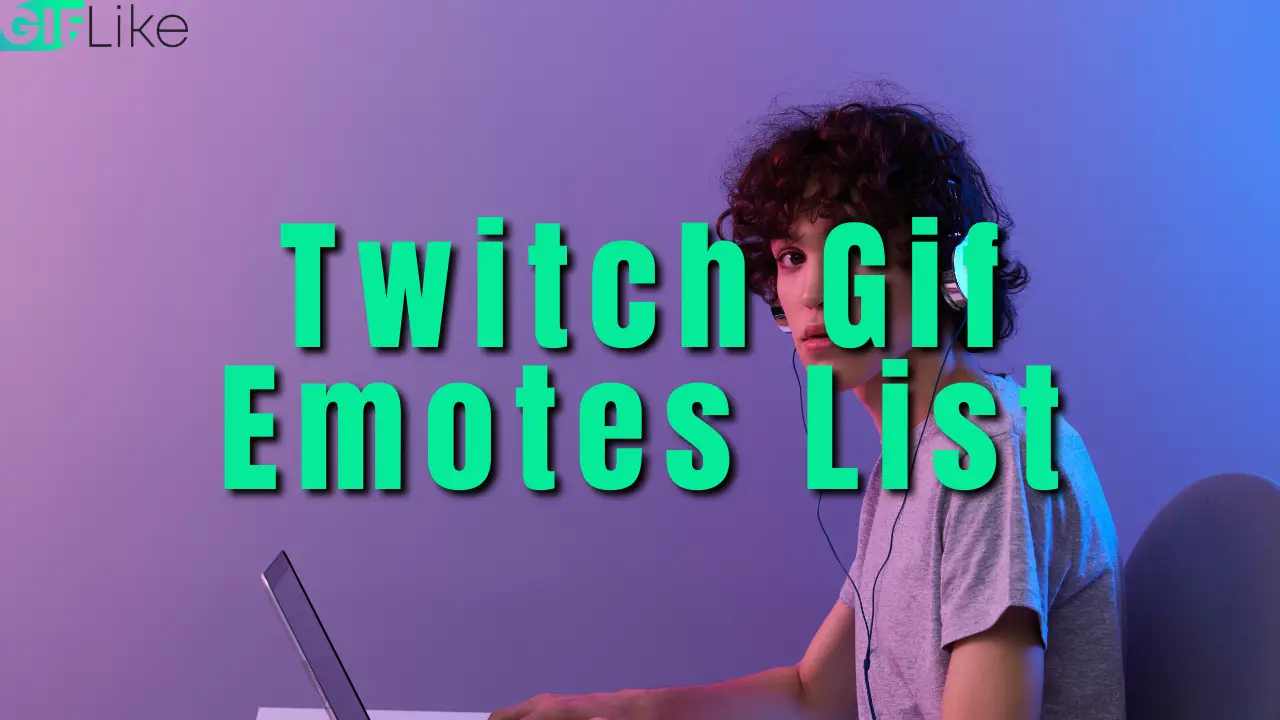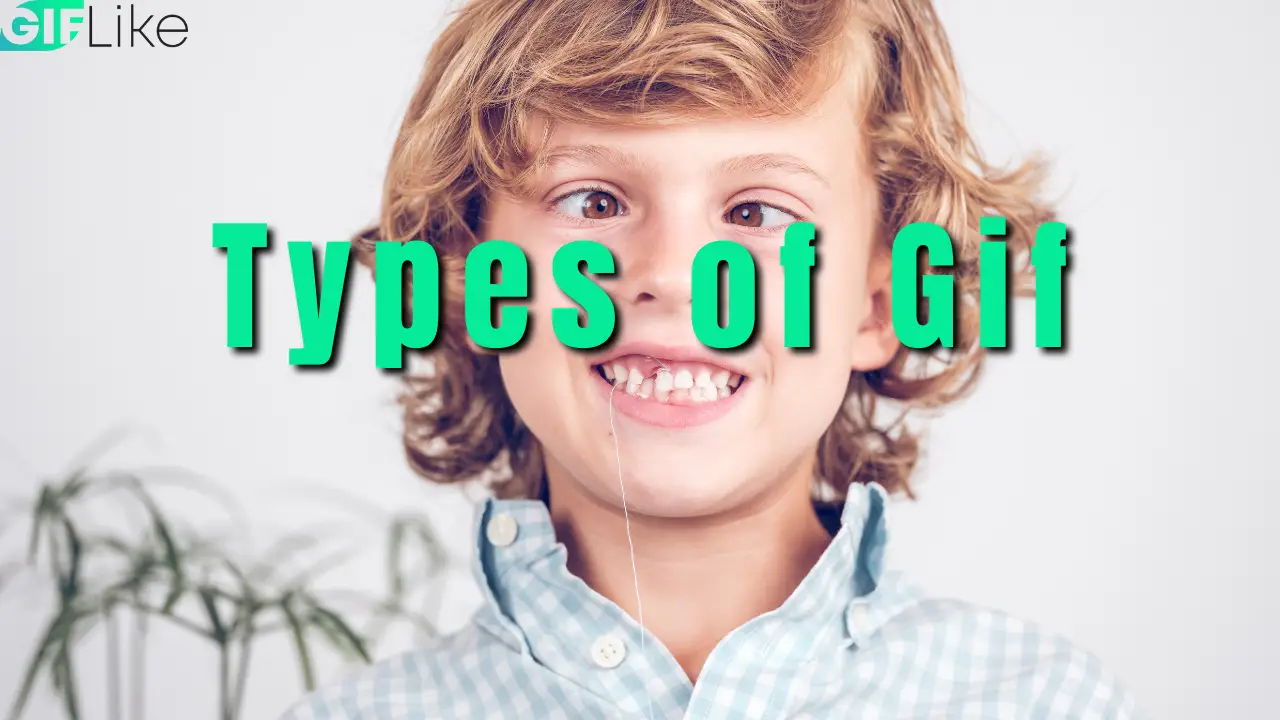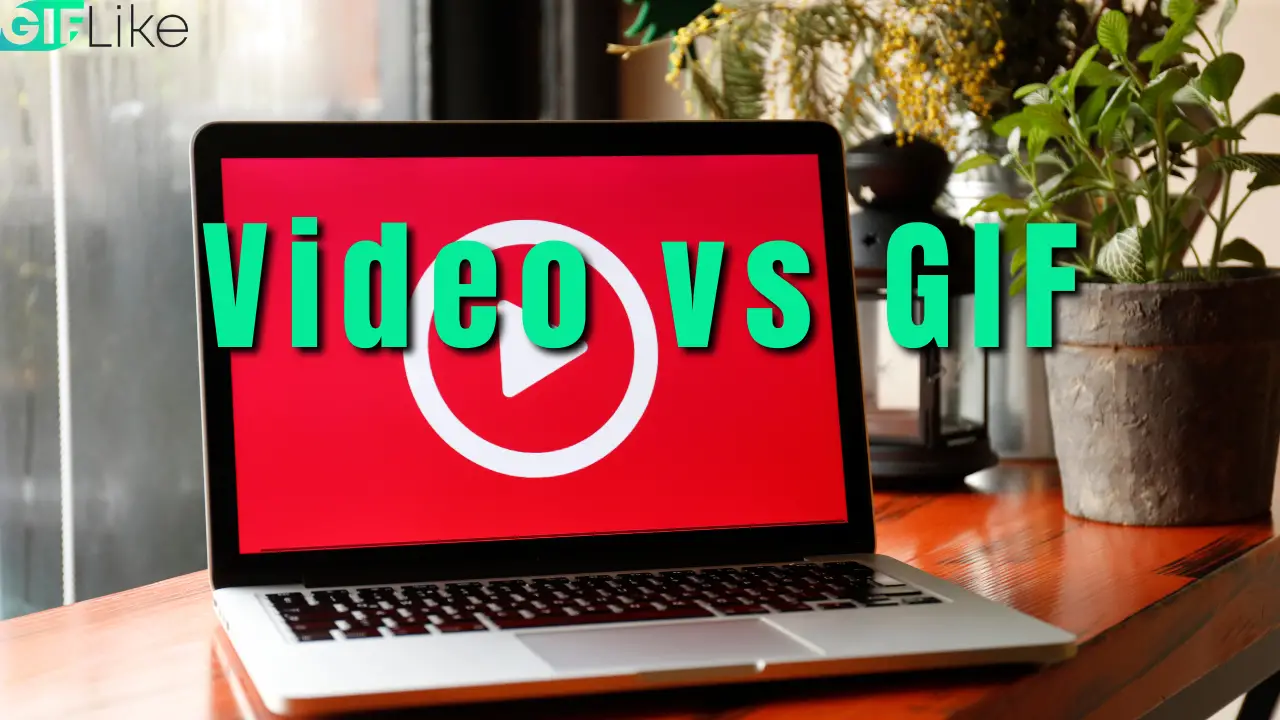I love this tool for creating amazing gifs on the fly. Check it out here
GIFs have been around since the late 80s and are still one of the most popular image formats on the web. But with the release of HTML5, should we be using GIFs anymore? In this post, we’ll take a look at the pros and cons of HTML5 vs GIFs and help you decide which format is best for your needs.
When it comes to GIFs, there are two main drawbacks: file size and image quality.
GIFs are generally much larger than other image formats like JPEG or PNG, which can make them slow to load on websites. And because they’re limited to 256 colors, they often look “fuzzy” or “pixelated” compared to other formats.

HTML5 vs GIF: Which is Better?
So, should we be using GIFs anymore? Let’s take a look at the pros and cons of HTML5 vs GIFs to help you decide which format is best for your needs.
Pros and Cons
| Pros | Cons |
|---|---|
| Smaller file size: HTML5 images are typically much smaller than GIFs, which can make them faster to load on websites. | Limited support: Not all browsers currently support HTML5 images, so you may need to use a fallback format like GIF for older browsers. |
| Higher quality: HTML5 images can be up to 8 times sharper than GIFs, making them better suited for websites and apps that require high-quality images. | No animation: Unlike GIFs, HTML5 images cannot be used for animations. If you want to create an animated image, you’ll need to use a different format like SVG. |
| More flexible: HTML5 images can be scaled and rotated without losing quality, whereas GIFs tend to become distorted when they’re resized. |
So, what’s the verdict? For most users, HTML5 is the better choice thanks to its smaller file size and higher quality images. However, GIFs still have their place for certain uses like animation or compatibility with older browsers. Ultimately, the best format for you will depend on your specific needs.
HTML5 vs GIF: Which is Smaller Size?
One of the biggest advantages of HTML5 over GIF is file size. An HTML5 animation can be smaller than a comparable GIF animation because the file format uses compression techniques that reduce the size of the file without compromising quality.
GIFs are also subject to something called color banding, which means that areas of similar color can appear to have stripes or banding. This is due to the limited color palette of GIFs. HTML5 animations don’t have this problem because they can use the full range of colors available in the 24-bit RGB color space.
So, should you use HTML5 or GIF for your next project? It really depends on your needs. If the file size and image quality are your top concerns, HTML5 is the better choice. But if you need compatibility with older browsers or want to create an animation that uses transparency, GIF is still the best format.
HTML5 vs GIF: Which is Has Better Color?
When it comes to colors, HTML5 wins hands down. GIFs are limited to 256 colors, while HTML5 supports a whopping 16.7 million colors. This means that images will look much sharper and more vibrant when they’re saved as HTML5 files.
HTML5 vs GIF: Which is More User Friendly?
When it comes to user-friendliness, HTML5 definitely has the upper hand. With GIFs, you have to worry about file size and image quality issues. And if you want to create an animation, you have to put together a series of images and then code them into a GIF. With HTML5, you can simply embed an animation using the <video> or <canvas> tags.
So, what’s the verdict? If you’re looking for the best user experience, HTML5 is the way to go. But if you’re concerned about file size or image quality issues, GIFs may still be your best bet.
HTML5 vs GIF: Which Has Better Quality?
There are two major image formats used on the internet- JPEG, and GIF. Both of these formats have their own pros and cons, but which one is better? In this article, we’ll be comparing HTML5 vs GIF to see which one offers the better quality.
GIFs are limited to 256 colors, which can result in some banding and color artifacts. However, they support transparency and can be used for animations.
HTML5 images are lossless, meaning they don’t lose any quality when they’re compressed. They also don’t have the color limitations of GIFs, so they can show more accurate colors. However, HTML5 images don’t support animation.
So, which one is better? It depends on what you’re looking for. If you need transparency or animation, then GIF is the better choice. If you need lossless compression and accurate colors, then HTML5 is the better choice.
Can GIF be used in HTML?
Yes, GIFs can be used in HTML. There are two ways to do this: using the img element or using the background-image property.
To use the IMG element, you need to use the src attribute and point it to the location of the GIF file. For example:
<img src=”path/to/file.gif”>
To use the background-image property, you need to set the value of the property to the location of the GIF file. For example:
body {
background-image: url(“path/to/file.gif”);
}
Both of these methods will work in most modern browsers. However, there are a few caveats.
First, not all browsers support animated GIFs. So, if you’re using an animated GIF, it’s possible that it will only show the first frame of the animation.
Second, some older browsers have issues with displaying GIFs that have transparency. So, if you’re using a GIF with transparency, it’s possible that it will display with a solid color background.
Finally, some browsers don’t support the alpha channel in GIFs. So, if you’re using an alpha-channel GIF (a GIF with transparency), it’s possible that it will display incorrectly.
If you’re concerned about any of these issues, you can always use a PNG file instead. PNG files don’t have any of the same issues as GIF files and they’re supported by all modern browsers.
Is HTML5 smaller than GIF?
Yes, HTML5 is smaller than GIF. GIFs are generally larger in file size than HTML5 because they are limited to a 256 color palette.
HTML5 uses a much richer color palette, which results in smaller file sizes. Additionally, GIFs are often used for animation, which takes up more space than a static image. However, there are ways to optimize GIFs to make them smaller. For example, reducing the number of colors or using video compression.
Can You Convert HTML5 to GIF?
If you want to convert an HTML5 video to a GIF, you can use a GIF converter. There are many online tools that can help you do this. You can also use an offline tool like Adobe Photoshop to create a GIF from an HTML5 video.
The Tool Here Convert Html5 Animation to GIF
To convert an HTML5 video to a GIF, you will need to:
- Choose a GIF converter.
- Upload your HTML5 video file to the converter.
- Select your desired settings and then click on “Convert”.
- Once the conversion is complete, you can download the GIF file to your computer.
If you want to create a GIF from an HTML5 video using Adobe Photoshop, you can follow these steps:
- Download and install Adobe Photoshop on your computer.
- Open the HTML5 video file in Adobe Photoshop.
- Go to “File” > “Export” > “Save for Web (legacy)”.
- Select “GIF” from the “Format” drop-down menu.
- Adjust the settings as desired and then click on “Save”.
- Enter a name for the file and then select a location to save it.
- Click on “Save”.
The GIF file will now be saved to your computer.
Conclusion
“HTML5 vs GIF: Which is Better?” is a question that doesn’t have a straightforward answer. Both formats have their own advantages and disadvantages, so it ultimately depends on what your needs are. If you’re looking for smaller file sizes and better image quality, HTML5 is the way to go. But if you need compatibility with older browsers or want to create animations, GIF is still the best option.
When it comes to file size, HTML5 wins hands down. The format is designed to be more efficient than GIF, so images will typically be smaller when saved in HTML5. This means that you can save bandwidth and load pages faster.
HTML5 also offers better image quality than GIF. The format supports alpha transparency, so you can create images with transparent backgrounds that look more natural and realistic. And because HTML5 uses lossless compression, there’s no need to worry about losing any detail when saving images.






